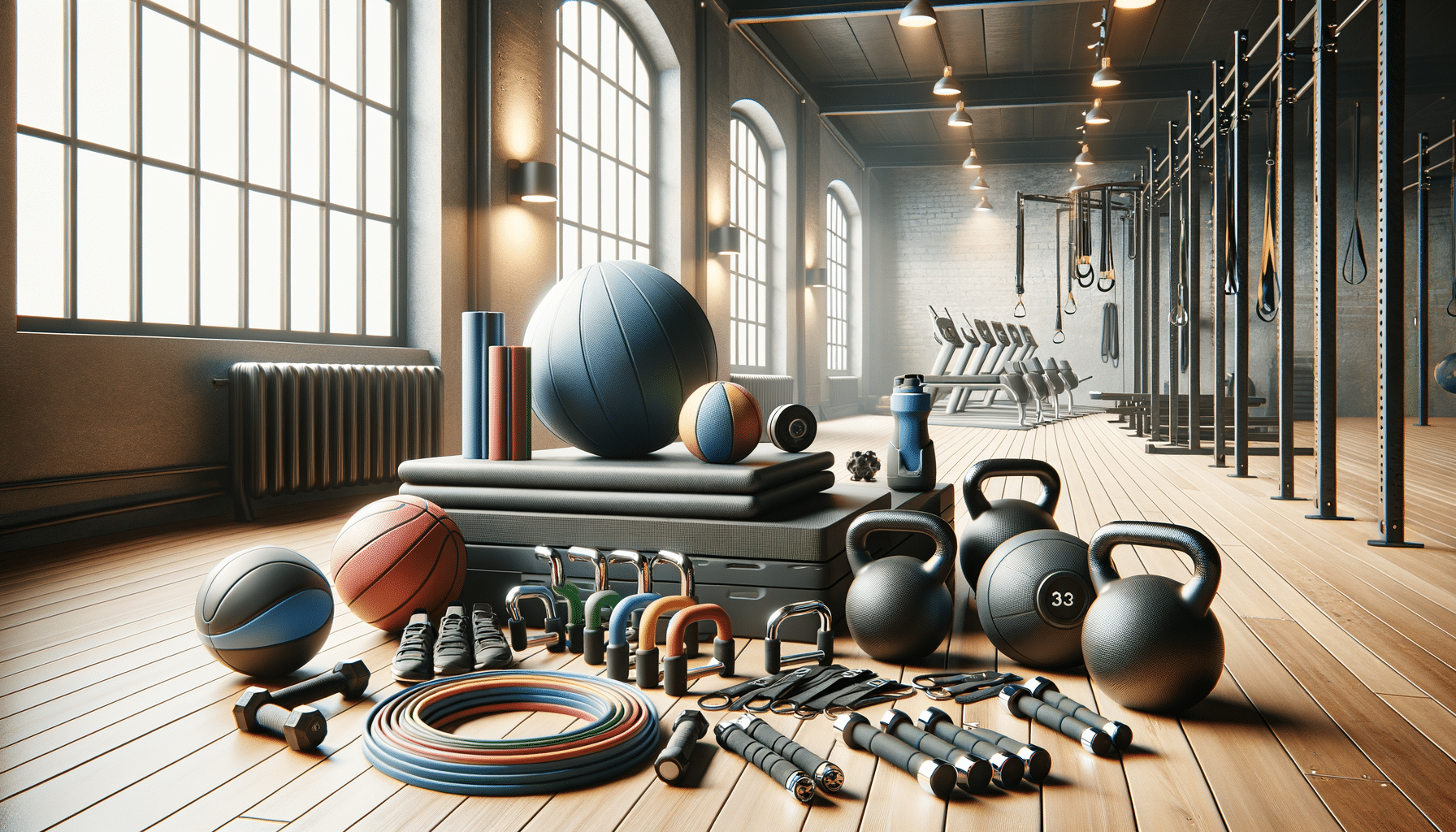
Exploring the World of Resistance Tools: A Guide to Strengthening Workouts
Introduction to Resistance Tools
In the realm of fitness and strength training, resistance tools play a crucial role in helping individuals achieve their fitness goals. These tools offer a versatile and effective way to build muscle, improve endurance, and enhance overall physical health. Whether you are a seasoned athlete or a beginner looking to enhance your workout routine, understanding the different types of resistance tools available can significantly impact your fitness journey.
Resistance tools come in various forms, each designed to target specific muscle groups and cater to different fitness levels. From resistance bands to free weights, these tools provide an array of options for customizing workouts to suit individual needs. In this article, we will explore some of the most popular resistance tools, their benefits, and how they can be incorporated into your fitness regimen.
Resistance Bands: Flexibility and Portability
Resistance bands are among the most versatile and accessible resistance tools available. They are lightweight, portable, and come in varying levels of resistance, making them suitable for all fitness levels. The flexibility of resistance bands allows for a wide range of exercises, from squats and lunges to arm curls and chest presses.
One of the key advantages of resistance bands is their ability to provide constant tension throughout the exercise, which helps in engaging the muscles more effectively. They are also excellent for rehabilitation purposes, as they offer a low-impact way to strengthen muscles and improve joint stability.
Incorporating resistance bands into your routine can enhance muscle activation and improve strength. They are especially beneficial for those who travel frequently, as they can easily fit into a suitcase or backpack. By using resistance bands, individuals can maintain their fitness regimen without the need for heavy equipment.
Free Weights: Traditional Strength Building
Free weights, such as dumbbells and barbells, are classic resistance tools that have been used for decades to build strength and muscle mass. These tools allow for a wide range of motion and can target multiple muscle groups simultaneously. Free weights are ideal for compound exercises like bench presses, deadlifts, and squats, which are essential for building core strength and stability.
One of the main benefits of using free weights is the ability to progressively overload the muscles. By gradually increasing the weight, individuals can continuously challenge their muscles, leading to increased strength and muscle growth. Free weights also require balance and coordination, engaging stabilizing muscles and enhancing overall functional fitness.
While free weights offer numerous benefits, they do require proper technique and form to prevent injury. It is advisable for beginners to seek guidance from a fitness professional to ensure exercises are performed safely and effectively.
Weighted Vests: Adding Intensity to Workouts
Weighted vests are a unique resistance tool that can add intensity to a variety of exercises. By wearing a vest with adjustable weights, individuals can increase the resistance during activities such as running, hiking, or bodyweight exercises like push-ups and pull-ups. This additional weight challenges the muscles and cardiovascular system, promoting greater strength and endurance.
One of the significant advantages of weighted vests is their ability to enhance calorie burn. The added weight increases the effort required for each movement, leading to a higher caloric expenditure. This makes weighted vests an excellent tool for those looking to lose weight or improve their cardiovascular fitness.
However, it is important to start with a manageable weight and gradually increase the load to avoid strain or injury. As with any resistance tool, proper form and technique are crucial to maximizing benefits and minimizing risks.
Resistance Machines: Controlled and Safe Strength Training
Resistance machines are commonly found in gyms and fitness centers, offering a controlled and safe environment for strength training. These machines use adjustable weights and pulleys to provide resistance, allowing users to perform exercises with proper form and alignment.
One of the primary benefits of resistance machines is their ability to isolate specific muscle groups, making them ideal for targeted strength training. They are particularly useful for beginners or those recovering from injuries, as they provide stability and support during exercises.
Resistance machines also offer the convenience of quick weight adjustments, enabling users to switch between exercises efficiently. While they may not engage stabilizing muscles as effectively as free weights, they provide a valuable option for building strength and muscle endurance.
Conclusion: Choosing the Right Resistance Tools
In the vast landscape of fitness equipment, resistance tools stand out for their versatility and effectiveness in enhancing strength and endurance. Whether you prefer the flexibility of resistance bands, the traditional approach of free weights, the intensity of weighted vests, or the control of resistance machines, each tool offers unique benefits that can be tailored to individual fitness goals.
When selecting resistance tools, consider your fitness level, goals, and preferences. It is often beneficial to incorporate a variety of tools into your routine to keep workouts engaging and challenging. By understanding the strengths and limitations of each tool, you can create a balanced and effective fitness regimen that supports your journey to better health and fitness.


